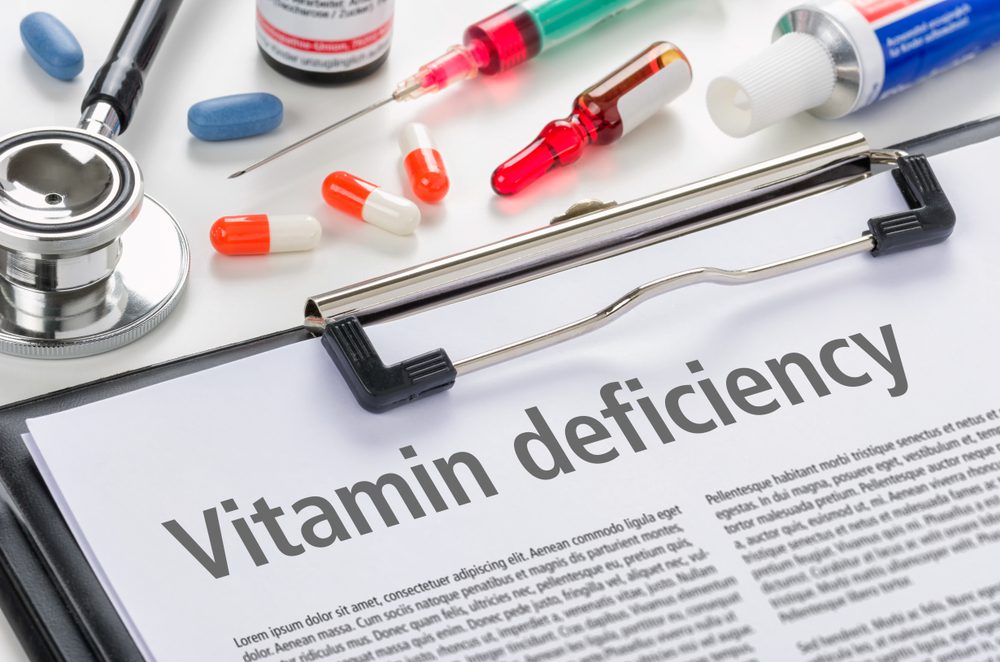Key Warning Signs of Stroke in Women Over 60
Recognizing a stroke quickly is the most important step in getting effective treatment. The best way to remember the most common signs of a stroke is with the acronym F.A.S.T. This applies to everyone, regardless of age or gender, and is the gold standard for stroke identification.
The Classic F.A.S.T. Symptoms
F – Face Drooping: Does one side of the face droop or feel numb? A simple test is to ask the person to smile. If the smile is uneven or lopsided, this is a serious warning sign.
A – Arm Weakness: Is one arm weak or numb? Ask the person to raise both arms. Does one arm drift downward? They may not be able to lift one arm as high as the other, or at all.
S – Speech Difficulty: Is their speech slurred? Are they unable to speak or hard to understand? You can ask the person to repeat a simple sentence, like “The sky is blue.” If they cannot repeat it correctly, that is a sign.
T – Time to Call 911: If you see any of these signs, even if the symptoms go away, call 911 immediately. Note the time when the first symptoms appeared, as this information is crucial for medical professionals.
Unique Stroke Symptoms More Common in Women
While the F.A.S.T. symptoms are common, research has shown that women, particularly older women, may experience a different set of symptoms. These signs can be more subtle or non-traditional, which sometimes leads to a delay in seeking care because they are not immediately recognized as a stroke. It is vital for women and their loved ones to be aware of these unique stroke symptoms.
These can include:
Sudden, Severe Headache: This is often described as a “thunderclap” headache, the worst headache of one’s life, that comes on abruptly without a known cause.
General Weakness: Instead of weakness localized to one arm or leg, a woman might feel a sudden sense of overwhelming weakness or fatigue throughout her body.
Disorientation, Confusion, or Memory Problems: A sudden inability to understand what is happening, recognize familiar people, or respond to questions appropriately can be a sign.
Sudden Nausea or Vomiting: Experiencing sudden, unexplained nausea or vomiting can sometimes signal a stroke, especially a hemorrhagic stroke or one occurring in the back of the brain.
Shortness of Breath or Chest Pain: These symptoms are more commonly associated with a heart attack, but they can also be a sign of stroke in women. This overlap can cause confusion, but either condition is an emergency.
Sudden Hiccups: Persistent, painful, or sudden hiccups that do not go away have been reported as a unique stroke symptom in women, linked to brainstem strokes.
Fainting or Loss of Consciousness: A sudden collapse or seizure can also be a presenting sign of a stroke.
Because these symptoms can be mistaken for other conditions like a migraine, the flu, or even stress, it’s essential to consider the possibility of a stroke, especially if the onset is sudden and severe. Trust your instincts. If something feels terribly wrong, seek emergency medical help.




















